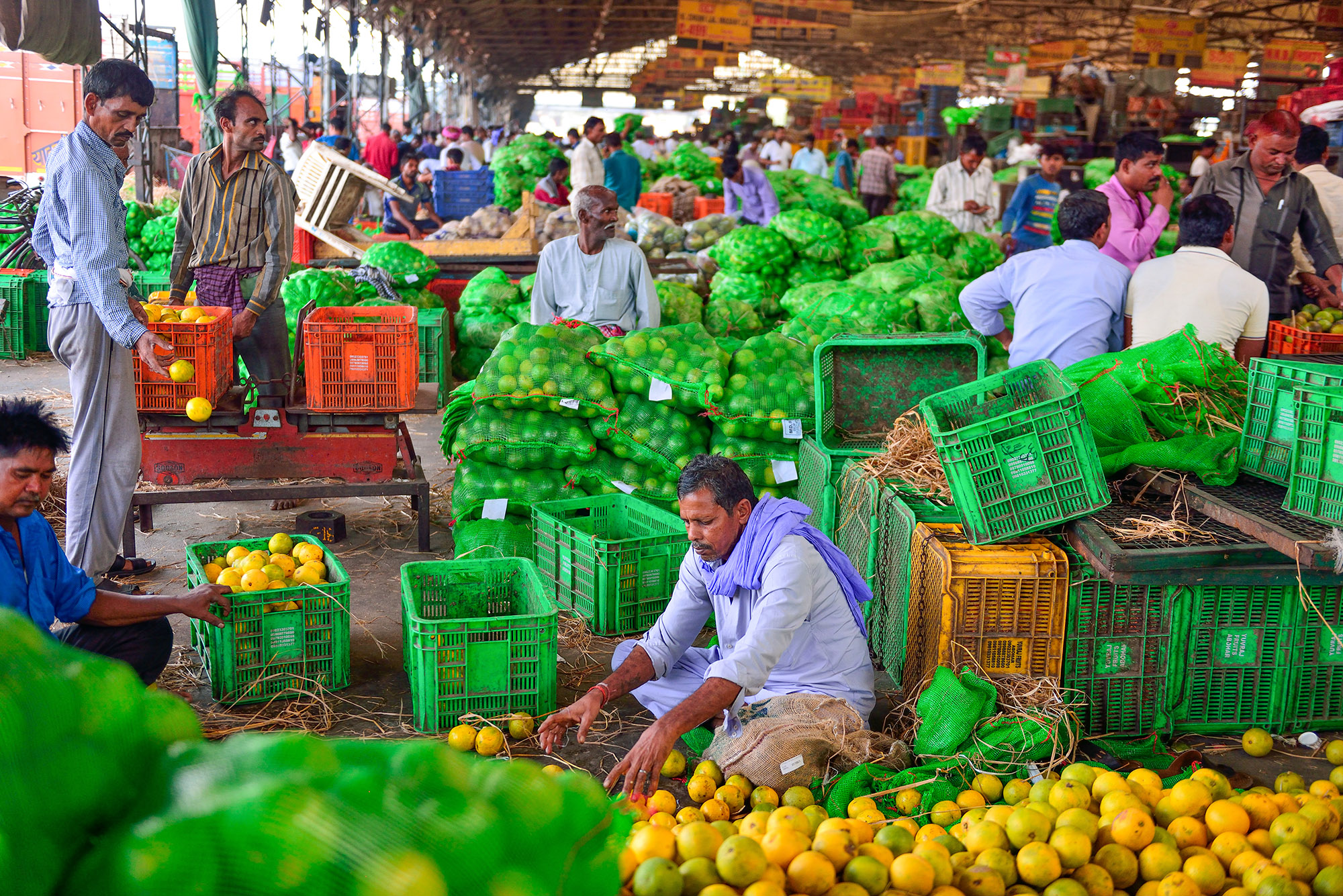Unveiling India's Mandi System - A Journey Through Historical
India's mandi system, deeply ingrained in the country's agricultural landscape, has a rich historical tapestry dating back centuries. The term "mandi" refers to a traditional marketplace where farmers gather to sell their produce. Understanding the historical context of India's mandi system unveils a fascinating narrative of agricultural commerce and societal structures.
Jun 15, 20215.2K Shares187.9K Views

India's mandi system, deeply ingrained in the country's agricultural landscape, has a rich historical tapestry dating back centuries. The term "mandi" refers to a traditional marketplace where farmers gather to sell their produce. Understanding the historical context of India's mandi system unveils a fascinating narrative of agricultural commerce and societal structures.
The Origins - Agrarian Hubs In Ancient India
In ancient India, agricultural trade flourished in bustling marketplaces known as "haats" and "mandis." These markets were not just economic centers but also cultural and social hubs where communities converged. The barter system prevailed, and farmers exchanged goods in a vibrant atmosphere, setting the foundation for the modern mandi system.
Colonial Influence - Evolution Of Mandis
The British colonial period witnessed significant changes in India's agricultural practices. The introduction of cash crops and the emergence of a monetized economy led to the establishment of formalized markets. The mandi system, as we recognize it today, started taking shape during this era. The British aimed to streamline agricultural commerce for their benefit, but inadvertently, they laid the groundwork for a system that would play a crucial role in independent India's agricultural framework.
Post-Independence Rejuvenation - Mandis In A New India
After gaining independence, India sought to revitalize its agrarian sector, recognizing the pivotal role of mandis. The Agricultural Produce Market Committee (APMC) Act of 1963 aimed to regulate and facilitate fair trade practices in these markets. Mandis became key players in ensuring a steady income for farmers and a stable supply of agricultural produce for the growing population.
Contemporary Challenges - Navigating The Mandi Landscape
In recent times, India's mandi system has faced challenges that demand a reevaluation of its role. Issues such as inefficiencies, middlemen exploitation, and infrastructural limitations have prompted discussions about reform. The introduction of the Farm Bills in 2020 sparked debates on the future of mandis, leading to reflections on preserving their cultural significance while adapting to contemporary needs.
Digital Era - Transformative Trends In Mandi Dynamics
As India strides into the digital age, the mandi system is also undergoing a transformation. Online platforms and agri-tech startups are connecting farmers directly with consumers, reducing dependence on traditional mandis. This shift raises questions about the relevance of physical marketplaces and the need for a harmonious coexistence between traditional and modern approaches.
The Way Forward - Balancing Tradition And Innovation
Locating India's mandi system in both historical and contemporary contexts underscores the need for a balanced approach. Preserving the cultural and social significance of traditional markets while embracing technological advancements is crucial. Reforms should focus on enhancing efficiency, ensuring fair practices, and empowering farmers to navigate the evolving agricultural landscape.
Conclusion
India's mandi system, with its roots deeply embedded in history, continues to evolve in response to the challenges and opportunities of the present. Navigating the intricate interplay between tradition and innovation will determine the future trajectory of these agrarian hubs, ensuring they remain vibrant centers that not only sustain the agricultural economy but also preserve the cultural fabric of the nation.
Jump to
The Origins - Agrarian Hubs In Ancient India
Colonial Influence - Evolution Of Mandis
Post-Independence Rejuvenation - Mandis In A New India
Contemporary Challenges - Navigating The Mandi Landscape
Digital Era - Transformative Trends In Mandi Dynamics
The Way Forward - Balancing Tradition And Innovation
Conclusion
Latest Articles
Popular Articles